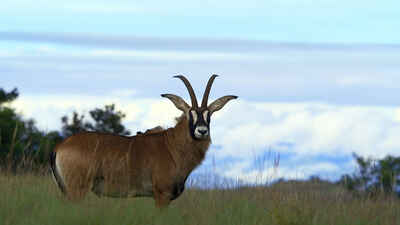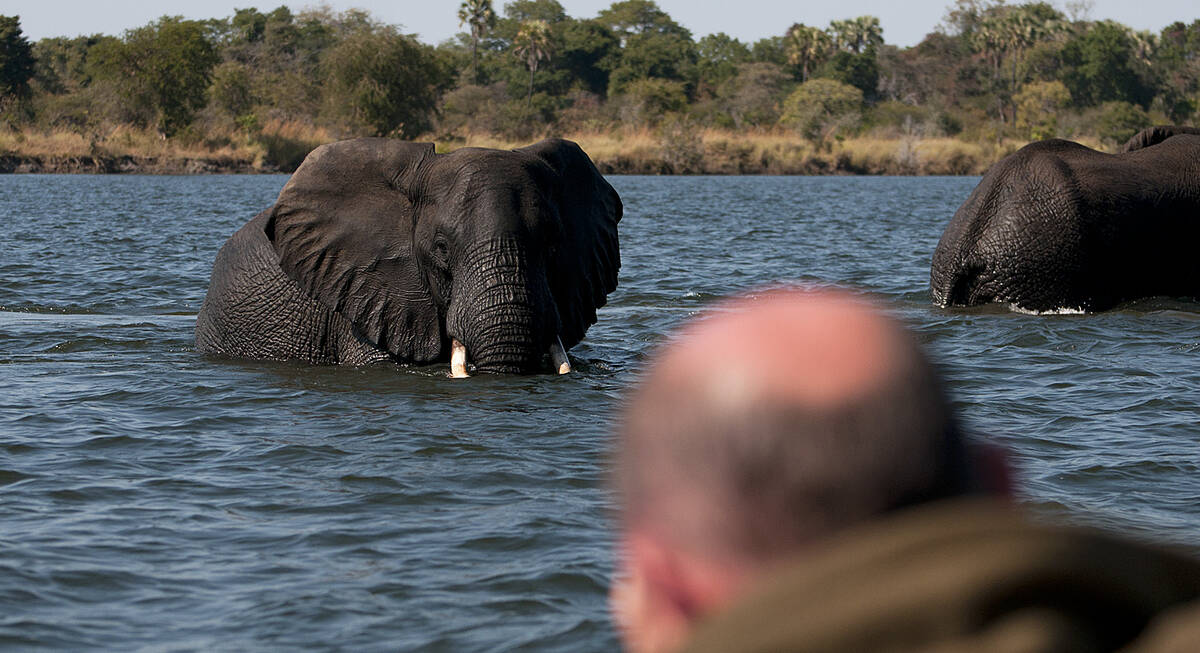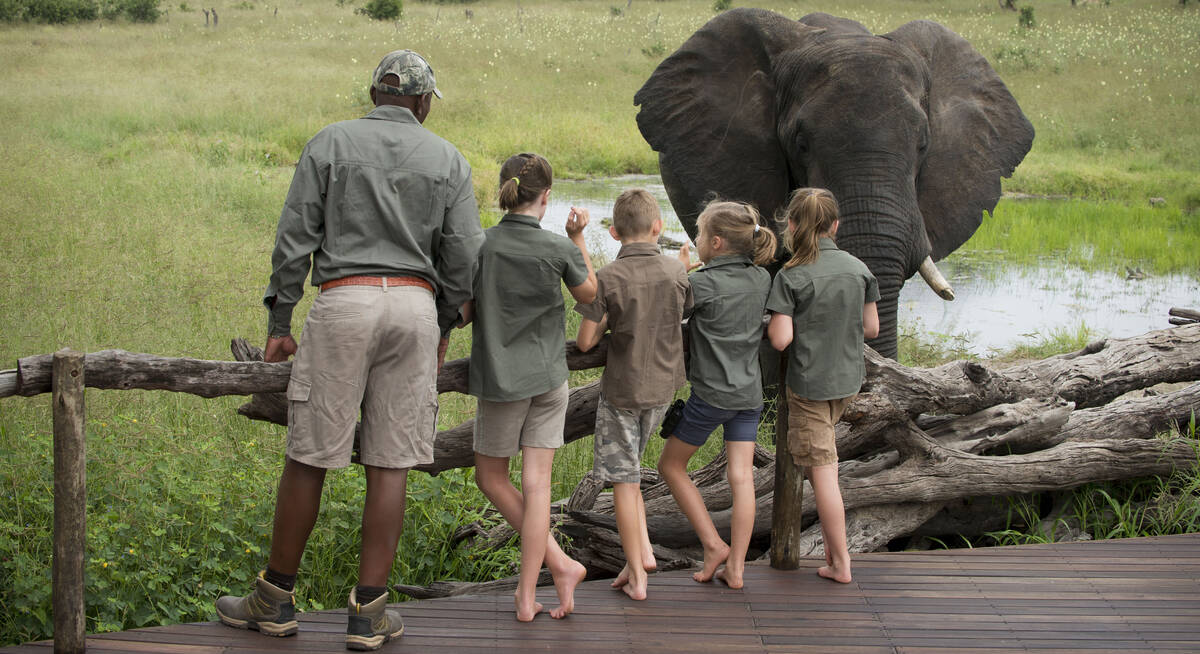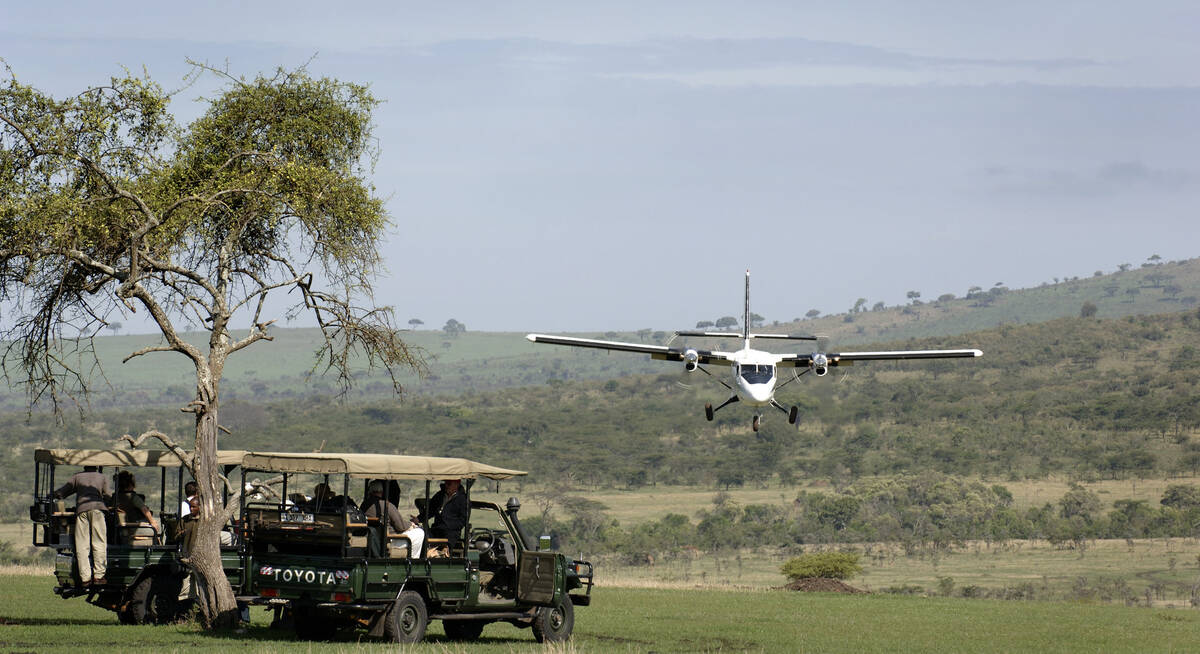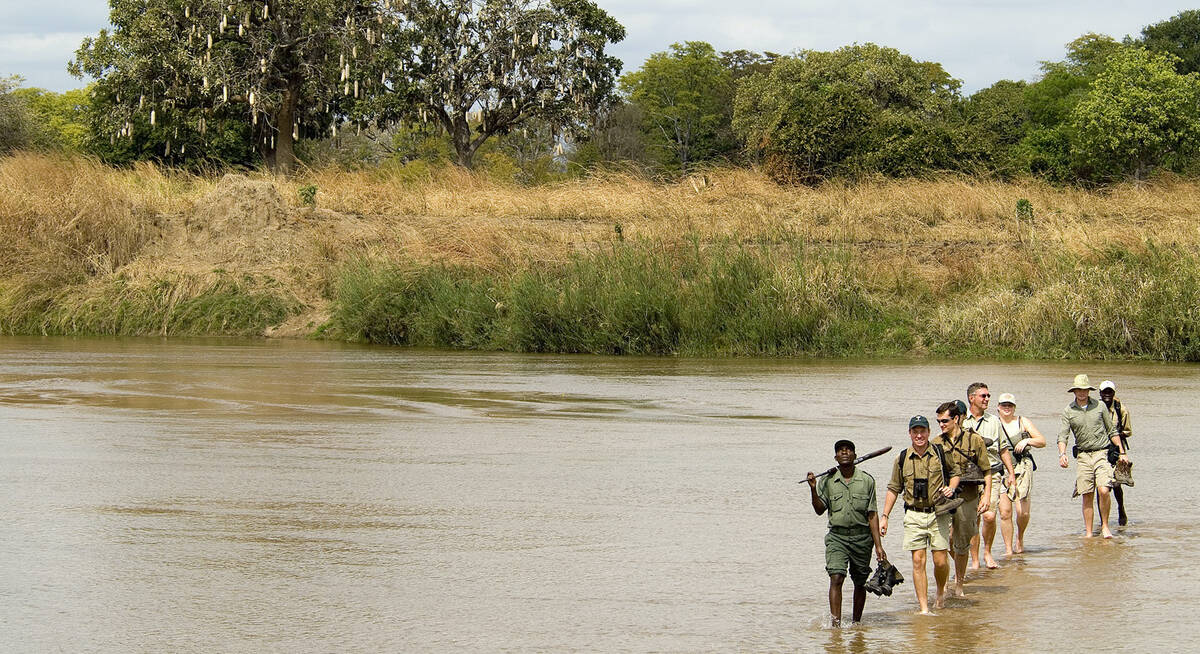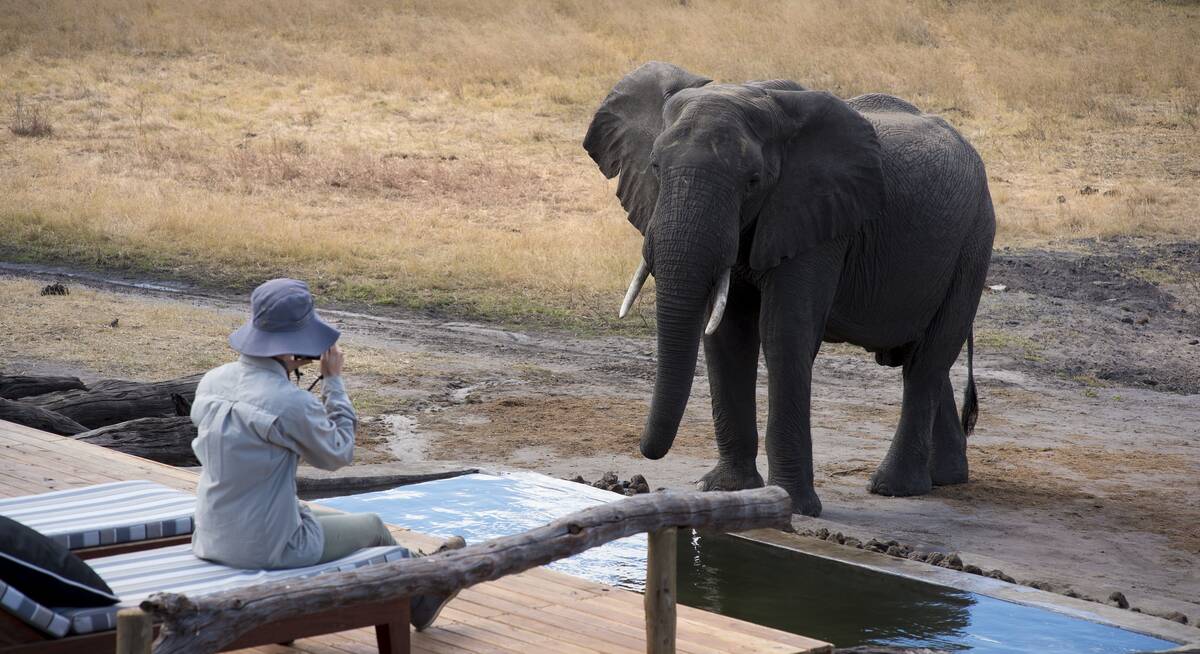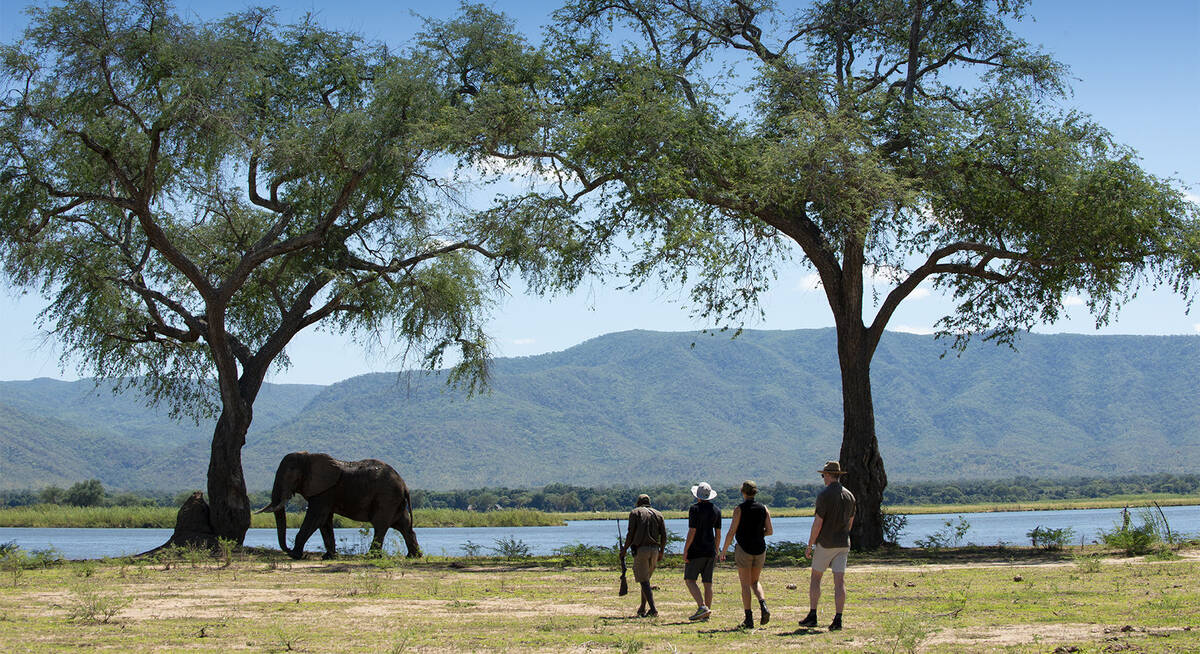Roan in Africa
The roan is Africa’s second largest antelope and one of its most handsome, with a powerful build and distinctive markings. Wary of people, it is renowned for its bravery in fighting off predators.
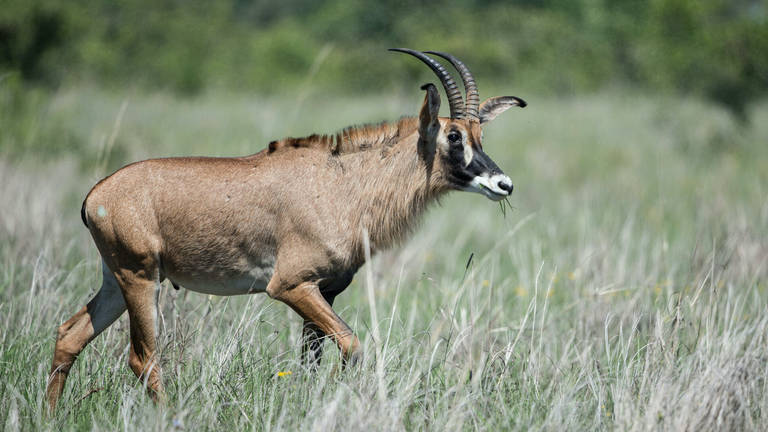
Quick facts about Roan antelope
| Scientific name: | Hippotragus equinus | Habitat: | Savannah woodland |
|---|---|---|---|
| IUCN status: | Least Concern | Adult weight: | 180–300kg |
The roan is the largest of the ‘horse-like’ antelope (Hippotraginae) and is indeed horse-like in stature, with a fawn coat and stiff mane. A relative of the slightly smaller sable antelope, it has a similar black-and-white face, but is paler, with shorter horns and tasselled ears.
Roan inhabit woodland savannah, where they graze on tall grasses and visit water daily to drink. A bull presides over a group of five to fifteen females and young, which he defends vigorously from rivals, going on his knees to strike sweeping blows with his horns – a technique also used against predators such as lions. A female keeps her single calf concealed in thick bush for the first month of its life.
1m
Max. horn length
1.4m
Bull’s shoulder height
1km2
Min. bull’s territory
±75%
Calf mortality
Africa's top camps for seeing roan
Based on 594 reports by our travellers since May 2018, the camps below have the best chances of sighting roan. Simply follow the key below.
Best chances to see
Good chances to see
Some sightings
No sightings yet
Where to see roan in Africa
Although the roan enjoys a wide distribution, it is relatively seldom seen. Shy and reclusive, this handsome antelope is most conspicuous when visiting waterholes. Allow it plenty of space or it may disappear.
Top tips for viewing roan
Roan occur widely but sparsely across Africa: to the north, they roam across the Sahel; further south, they occupy a discontinuous range from northern Tanzania to northern South Africa.
Nowhere are they numerous, however, and this remains one of the rarer antelopes seen on safari. Typically, small groups are seen when venturing warily out of cover to drink at a waterhole, often at mid-morning, before departing the same way. Roan are shy, so be prepared to enjoy your sighting from a distance rather than scare them away.
Good areas for sightings include Moremi (Botswana), Hwange (Zimbabwe) and Kafue (Zambia). Perhaps the most reliable viewing is on Malawi’s Nyika Plateau, where larger herds graze the montane grasslands and are more approachable than usual.
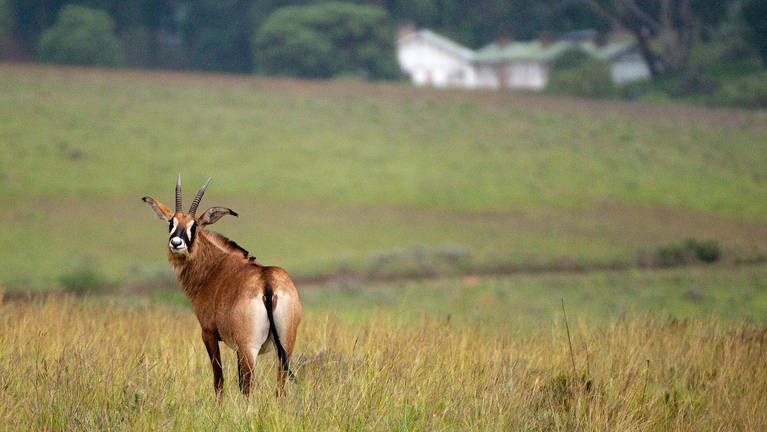
Holiday ideas to see roan
Based on our travellers experiences, these are the holidays which will give you the best chances of good roan sightings
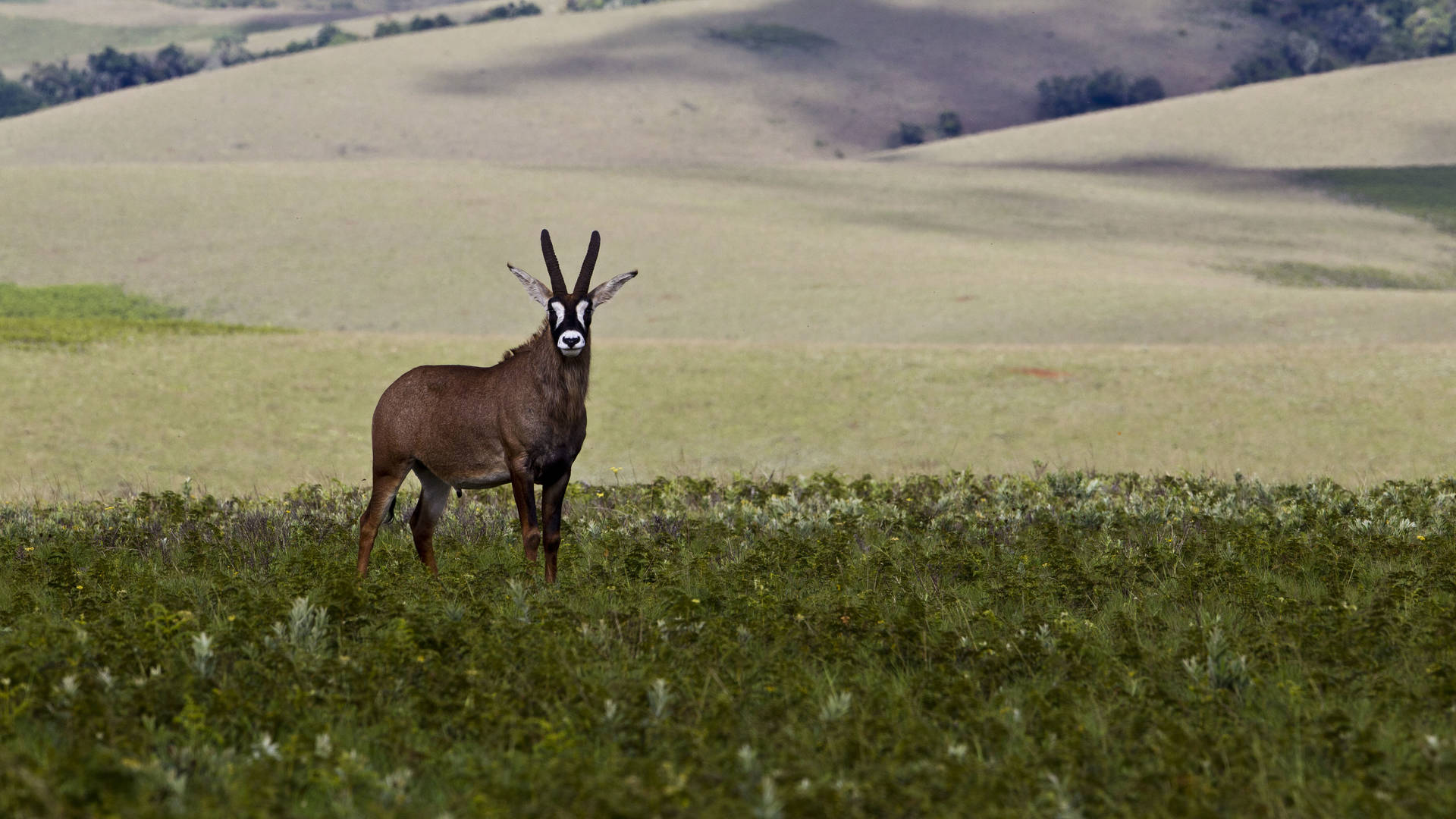
Our top destinations for roan
Click below for detailed information about roan in these countries, including our latest sightings data from the camps and lodges there.
